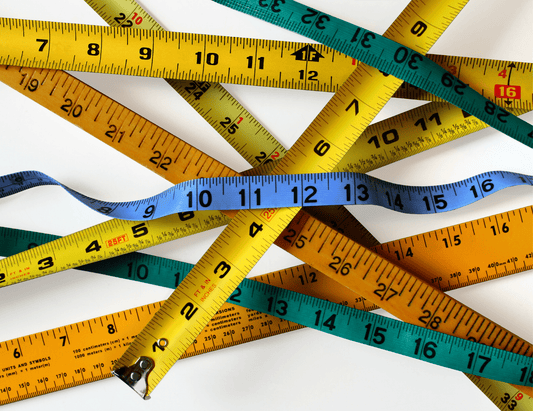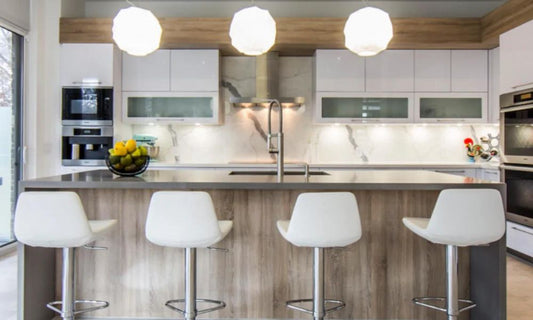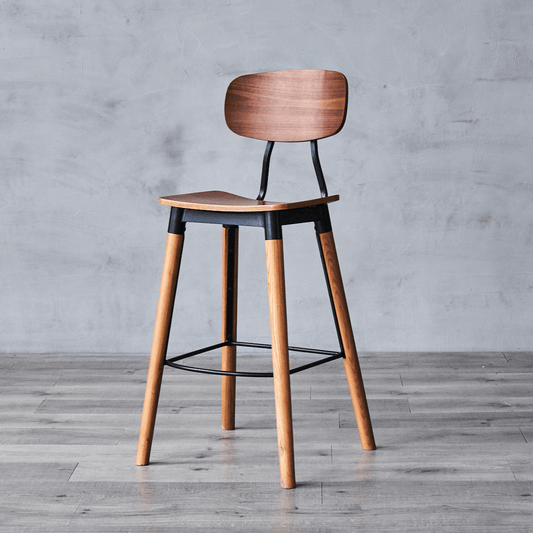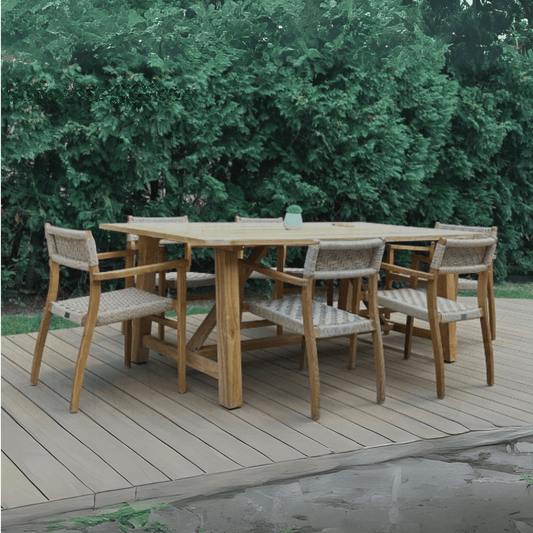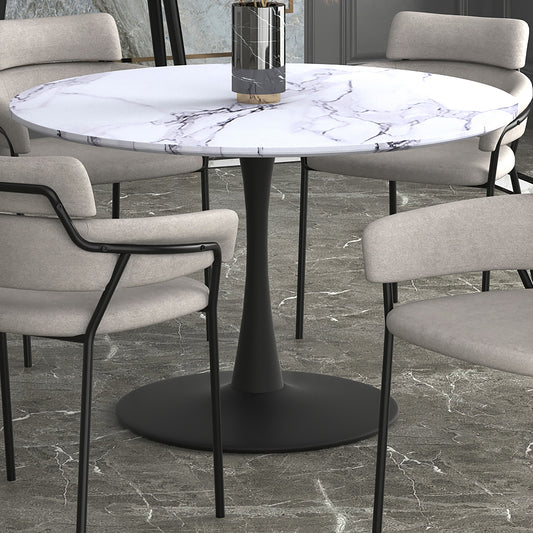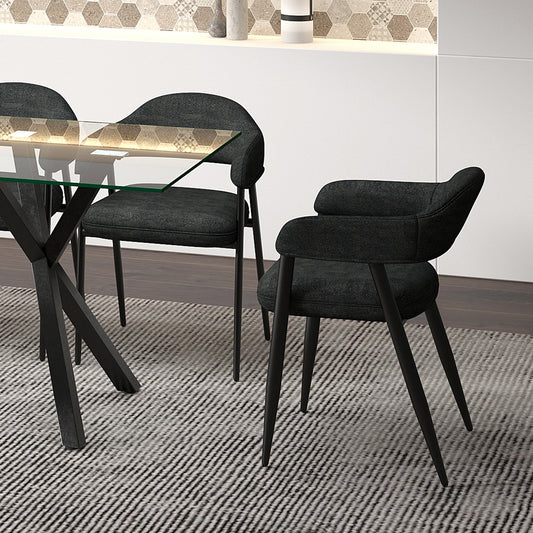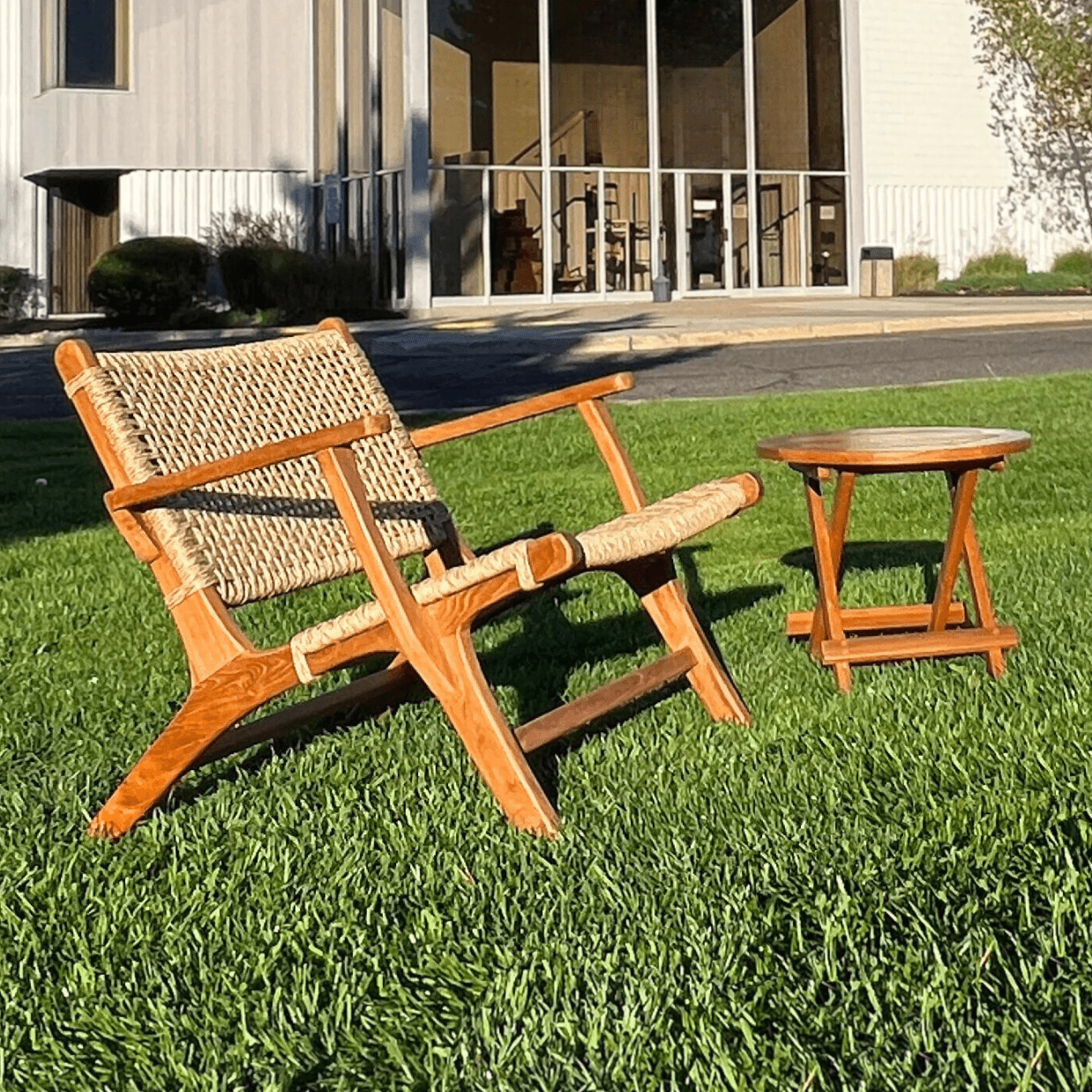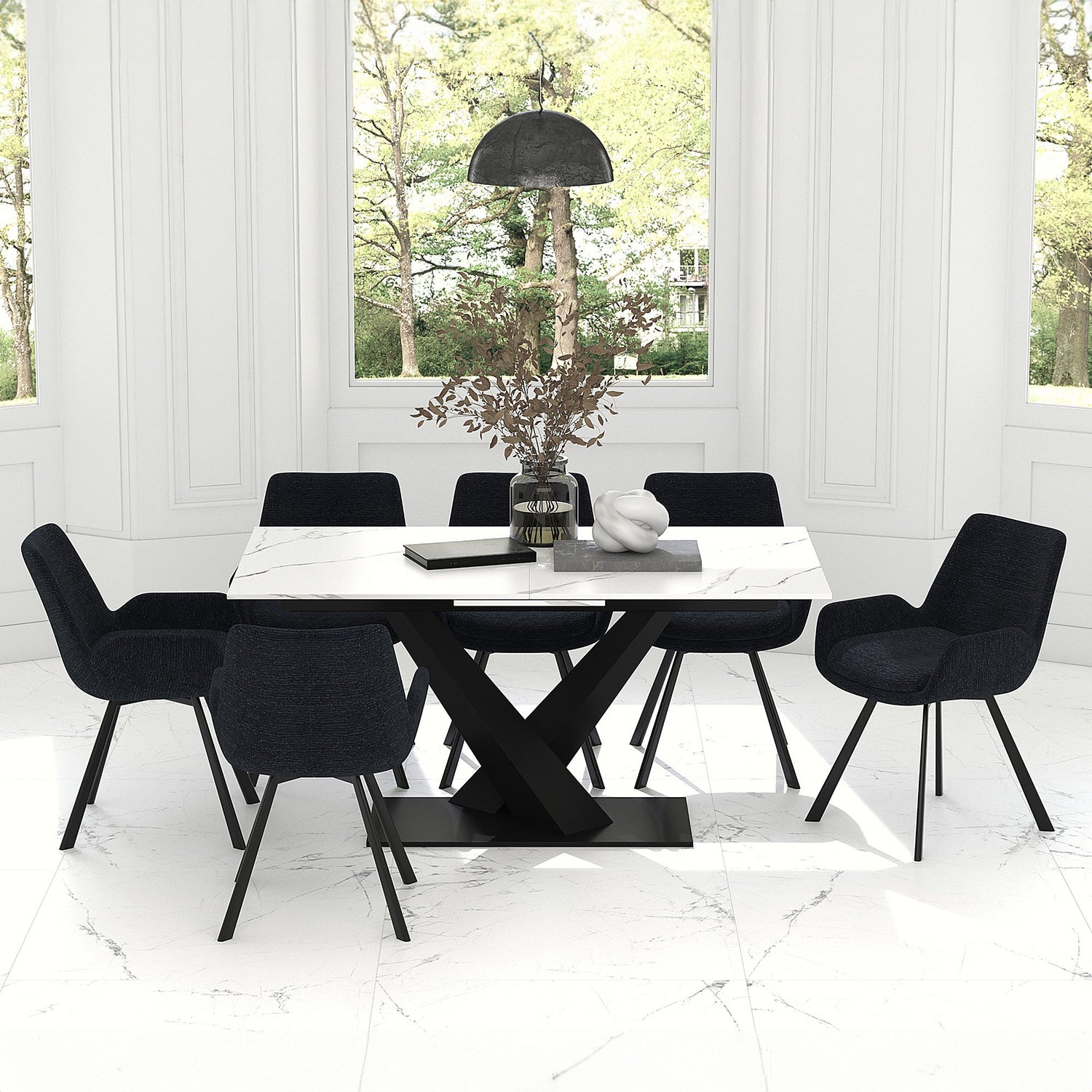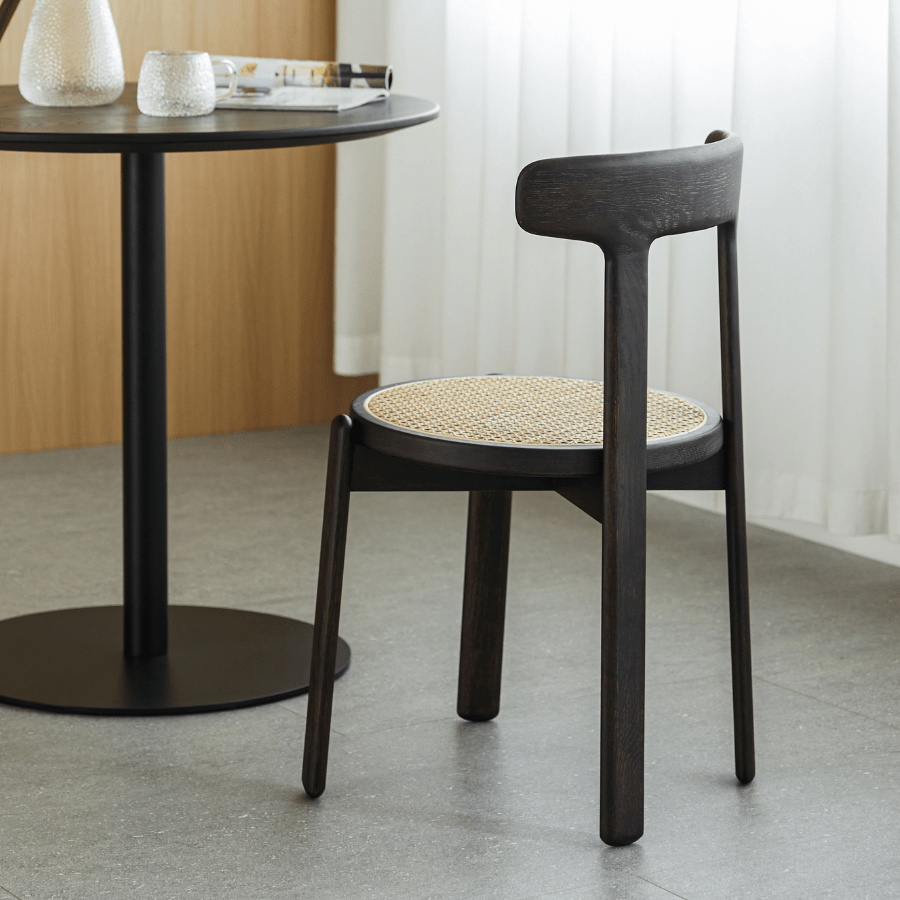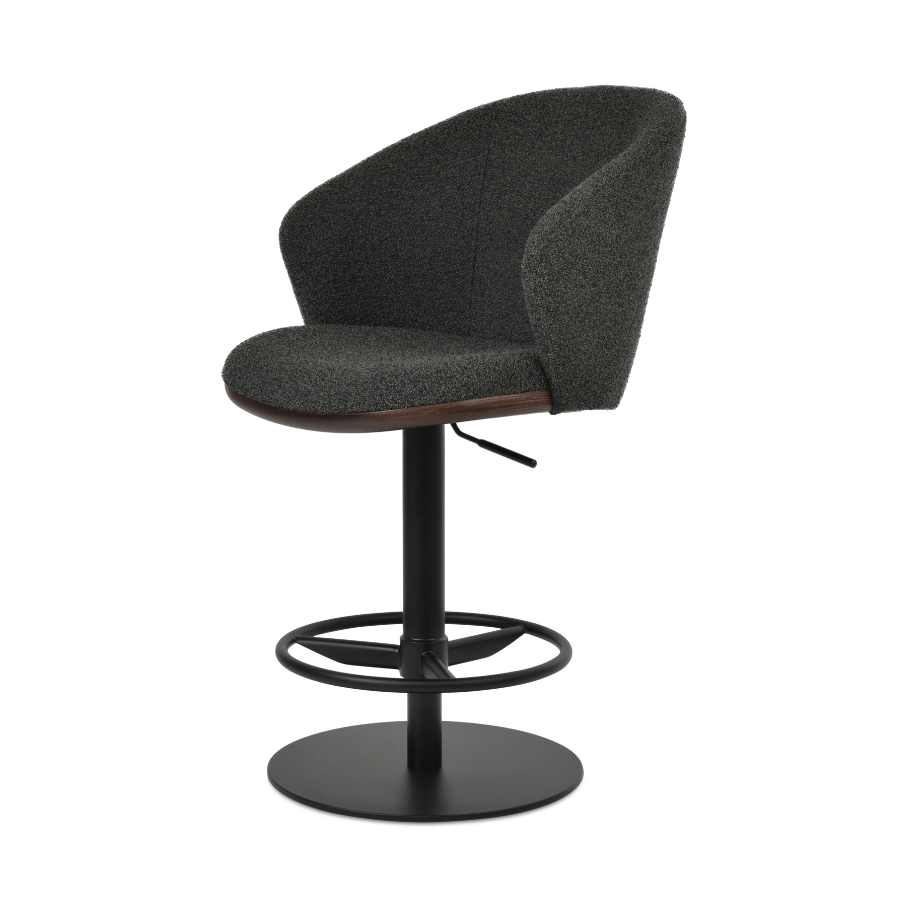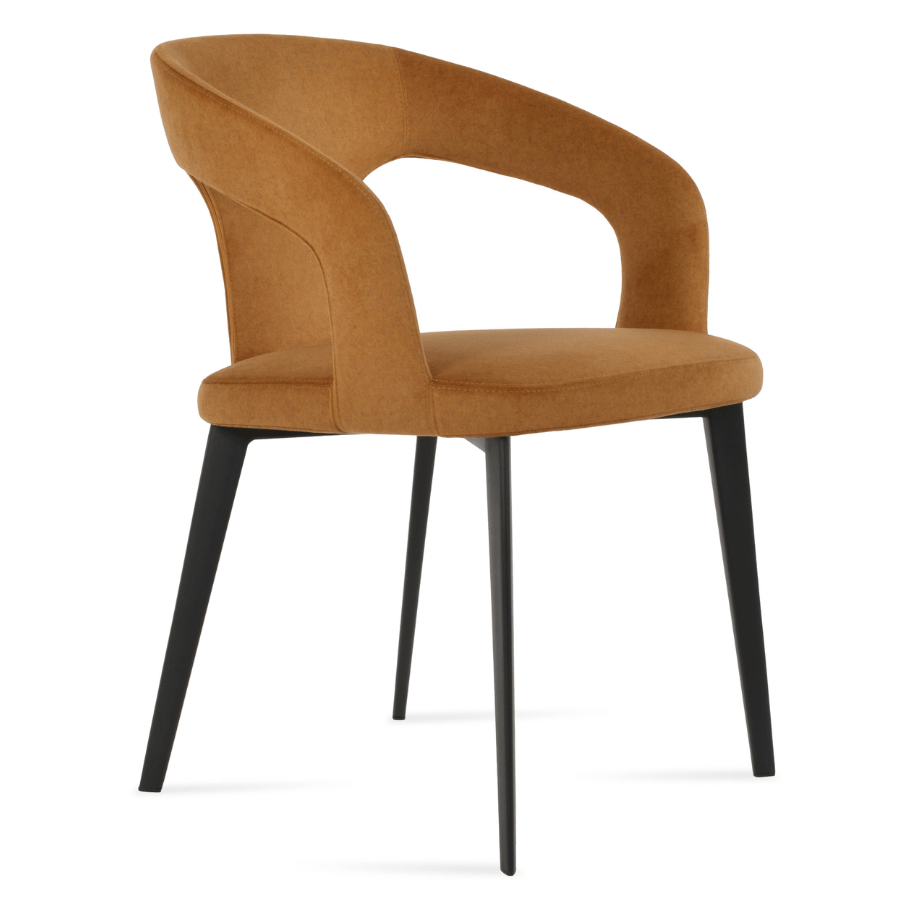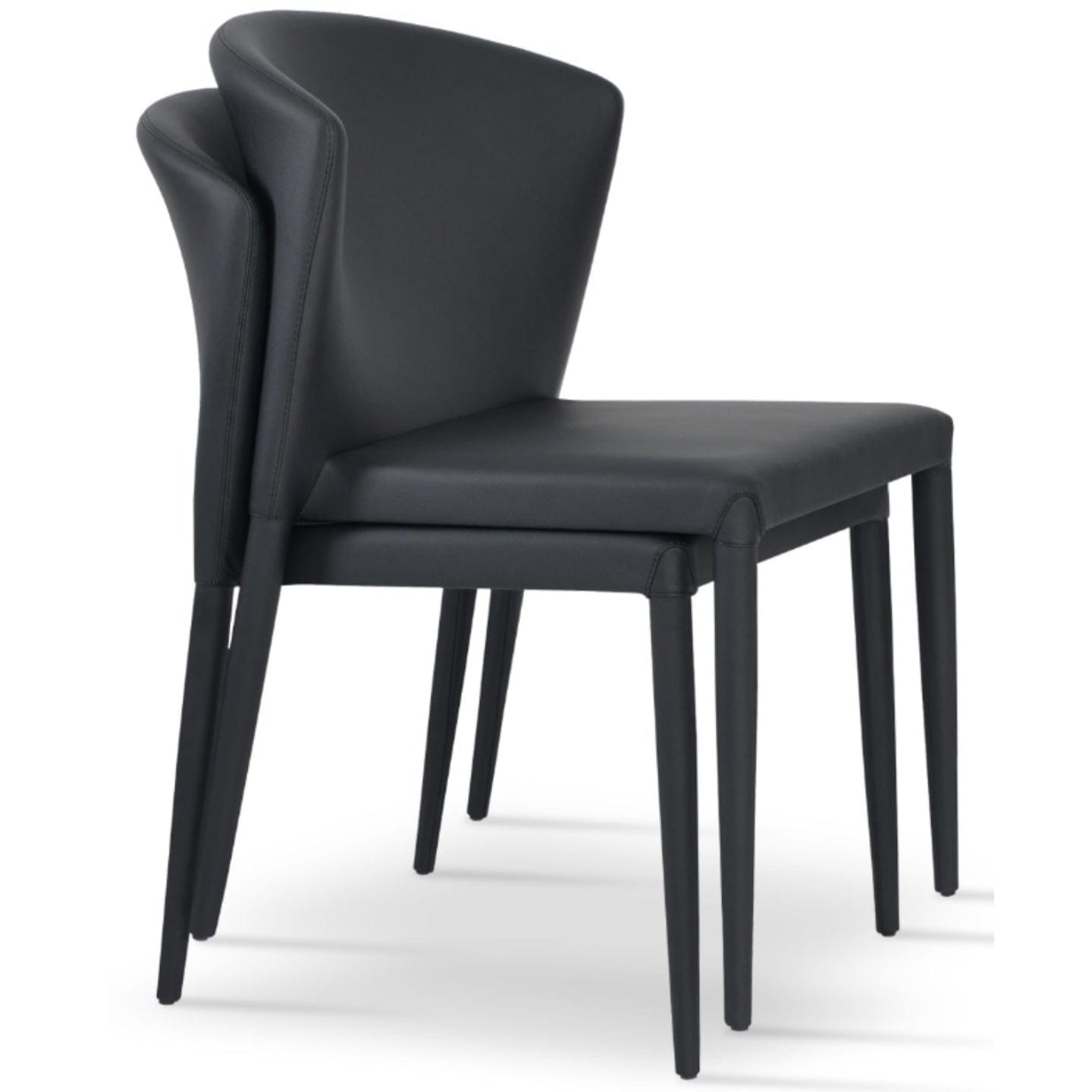
Get Familiar with the Main Stool Features (2 min. read)
What Are They and Why Are They Important?
Let us begin with explaining them one by one in details here.
Width and Depth will together determine the seating area. For most adults, wider and deeper seats are more comfortable.
Seat Width of a bar stool also directly impacts how many stools you can fit in your space. Measure the width of your counter or bar and keep this number in mind when you are browsing stools. Also see this article to optimum space adjustments…The most common widths are 15”, 17”, and 21”.
Seat Depth is the distance from the front of the seat to the front of the backrest; the part that you actually sit on. The overall depth is the measurement from the front of the seat to the back of the backrest, or how much space the stool will actually occupy.
Height is directly correlated with establishing a comfortable seating arrangement. With breakfast bars and dining counters more popular than ever, there’s nothing worse than a bar stool that’s too tall or too short—not only will it be uncomfortable; it will also look disproportionate. Here, we break down the two most common bar stool heights, and how to choose between them.
Pro Tip!
Measure your current table, island, or bar. Then choose bar stools that allow for 9" – 12'' between the bottom of the table or countertop and the top of the bar stool.

Counter Stools at 24" – 26'' high pair best with surfaces that are 36'' off the ground. This is the standard height of kitchen counters and islands, so this type of bar stool will work great for your dining areas.
Standard bars are around 42'' high, so Bar Stools with a height of 30'' are your best bet for a wet bar at home. And that’s actually the same size bar stool you’d see in restaurants and bars.
Backrests are ergonomically the key feature. Backless stools do have their merits. They’re perfect for the minimalist look, and they tuck nicely under the counter too. But if comfort is a priority, you’ll want a stool with a back. For relaxed lounging, a backless stool won’t cut it.
Footrests are another comfort building elements. Unless your counter has a built-in footrest, you’ll want to pick a stool with a footrest. Unlike a dining room chair, most people will not be able to rest their feet on the ground when sitting on a counter stool. People tend to feel uneasy when their feet dangle, so a footrest is a must for comfort. Footrest widths vary between designs. Generally, circular footrests are around 14-15”, designed in proportion to the base. More expensive models often have more elaborate footrests. These are usually made of thicker steel and are often larger, again in proportion with the base.
Same goes for the Armrests. Encompassing your body, bar stools with arms deliver an unparalleled secure feeling that makes them immensely popular with a wide range of people. Many parents choose such models as they provide extra safety for their children, the back and armrests surrounding the body and thus minimizing the chance of them toppling off. They’re also favoured by the elderly as armrests not only help when getting up and down from the stool, but provides that extra support and reassurance when seated.

Characteristically slimline and compact, backless stools on the other hand, can also be tucked under a bar or worktop extremely easily for storage, as there are no arms or backrests to contend with.
Bases also vary in diameter, ranging from 15” to 20”. The vast majority, however, have a diameter of 15”-17”. Models with larger seats usually feature a wider base to increase stability, designed in proportion to the seat size.
Frame Materials come in variety choices and applications. Like any other piece of furniture, when it comes to choosing the right bar stools, material matters. Whether you’re looking to fit a particular style, or for a durable material that can stand up to heavy use, weight the pros and cons bar stool materials.
Style of Stool When purchasing a stool, it’s highly likely your choice will primarily be based on the seat design you prefer. The first thing you see when you look at a stool, the seat forms the focal point and visual centrepiece of a product, and can easily change the style of the stool as they are becoming increasingly fashionable. For a slightly softer look, models with leather seats are the ideal choice, or fabric covered stools. Or, if you prefer more traditional four-legged stools, designs with wood or metal legs are the safe way to go.

